Best movies like Ishibumi
A unique, carefully handpicked, selection of the best movies like Ishibumi Starring Haruka Ayase, and more. If you liked Ishibumi then you may also like: Day One, Night of Violence, The Atomic Cafe, Black Rain, Children of Hiroshima and many more popular movies featured on this list. You can further filter the list even more or get a random selection from the list of similar movies, to make your selection even easier.
A memorial to the atomic annihilation of 321 students at Hiroshima Middle School.
You may filter the list of movies on this page for a more refined, personalized selection of movies.
Still not sure what to watch click the recommend buttun below to get a movie recommendation selected from all the movies on this list
Night of Violence
Carla Pratesi, a prostitute, is killed. Her death is followed by a number of attempted murders. Carla's sister undertakes her own investigation. Police enquiries uncover a drugs trade connected to a call-girls organization but the murderer remains at large. Finally, a witness identifies the killer as a well-known actor. However, he has a strong alibi (he was shooting a film). The following night, a girl who manages to escape from the maniac's clutches swears he is a different famous actor but he turns out to have a strong alibi too! Eventually the police set a trap in the park and, with the help of Carla, kill the madman. It emerges he had been disfigured by the atomic blast at Hiroshima and went crazy because his disformed features revolted women and but them off having sex with him. He created masks reproducing the features of handsome actors just to approach prostitutes!
The Atomic Cafe
A disturbing collection of 1940s and 1950s United States government-issued propaganda films designed to reassure Americans that the atomic bomb was not a threat to their safety.
Black Rain
Shigematsu Shizuma lives with his senile mother, his wife Shigeko, and his niece Yasuko in a village near Fukuyama. He, his wife, his niece and his close friends in the village were present at the atomic bombing of Hiroshima. The Shizumas look for prospective husbands for Yasuko, but find that the families withdraw on finding out she was at Hiroshima.
Children of Hiroshima
Shows the devastation caused by the atomic bomb, and by use of a fictional storyline, portrays the struggle of the ordinary Japanese people in dealing with the aftermath.
The Emperor in August
In July 1945, during the end of World War II, Japan is forced to accept the Potsdam Declaration. A cabinet meeting has continued through days and nights, but a decision cannot be made. The U.S. drops atomic bombs on the cities of Hiroshima and Nagasaki, Japan. General Korechika Anami is torn over making the proper decision and the Emperor of Japan worries about his people. Prime Minister Kantaro Suzuki leads the cabinet meeting, while Chief Secretary Hisatsune Sakomizu can't do anything, but watch the meeting. At this time, Major Kenji Hatanaka and other young commissioned officers, who are against Japan surrendering, move to occupy the palace and a radio broadcasting station. The radio station is set to broadcast Emperor Hirohito reading out the Imperial Rescript on the Termination of the War.
Frankenstein Conquers the World
During WWII, Germans obtain the immortal heart of Frankenstein's monster and transport it to Japan to prevent it being seized by the Allies. Kept in a Hiroshima laboratory, it is seeming lost when the United States destroys the city with the atomic bomb. Years later a wild boy is discovered wandering the streets of the city alone, born of the immortal heart.
Barefoot Gen
A story about the effect of the atomic bombing of Hiroshima on a boy's life and the lives of the Japanese people.
Hiroshima Mon Amour
The deep conversation between a Japanese architect and a French actress forms the basis of this celebrated French film, considered one of the vanguard productions of the French New Wave. Set in Hiroshima after the end of World War II, the couple -- lovers turned friends -- recount, over many hours, previous romances and life experiences. The two intertwine their stories about the past with pondering the devastation wrought by the atomic bomb dropped on the city.
The Little House
Following the death of the unmarried and childless Taki, Takeshi, a young relative of hers, discovers several pages of closely written lines in which the old lady has recorded her memories. This is how he learns the truth about her youth working as a housemaid and nanny for the Hirai family in a little house in Tokyo with a red gabled roof.
Lorelei: The Witch of the Pacific Ocean
A drama set during World War II where a submarine carrying a secret weapon attempts to stop a planned third atomic bombing of Japan. Based on Harutoshi Fukui's novel Shuusen no Lorelei.
Maya Lin: A Strong Clear Vision
A film about the work of the artist most famous for her monuments such as the Vietnam Memorial Wall and the Civil Rights Fountain Memorial.
The Face of Jizo
Based on a play by Hisashi Inoue, it focuses on the sufferings of the survivors of Hiroshima. The film takes place during 4 days in the summer of 1948, as the ghost of her father visits Mitsué (Rié Miyama). He had somehow learned that she has fallen in love, and tries to convince her to start her new life. But Mitsué obstinately refuses his warm and humorous encouragements : « People were killed in my place. I do not have the right to find happiness », she says.
Ghosts of Hiroshima
77 years after the bombing of Hiroshima, a malevolent force lingers at the site of nuclear calamity. Those who encounter this vengeful spirit are forever consumed by its wrath.
Women in the Mirror
Three women who share memories of the Hiroshima disaster try to uncover the hidden family ties that may or may not bind them together.
Voices in the Wind
In her search for answers, 17-year-old Haru sets out on a long journey across the country to the town where, in 2011, the devastating tsunami swept away her brother and parents. This road trip takes the young woman, who is still haunted by her loss, from Hiroshima to Tokyo and Fukushima and all the way to Ōtsuchi, where her family home once stood. On the way she encounters other people, other stories, other lives and other losses. Landscapes and faces. The journey ends in the middle of a garden in full bloom among the scarred surroundings of her coastal hometown.. In it stands a telephone box which, even though it is no longer connected, is used to speak to those who cannot be reached any other way.
Enola Gay: The Men, the Mission, the Atomic Bomb
The story of Col. Paul Tibbets and his crew who flew the Enola Gay, the plane that dropped the first atomic bomb on Hiroshima, bringing World War II to a close.
Hosé! José Mujica! –Just Keep Walking–
A Japanese-produced theatrical documentary about José Alberto Mujica Cordano.
Above and Beyond
The story of Colonel Paul Tibbets, the pilot that dropped the atomic bomb on Hiroshima. Although unaware of the full potential of this new weapon, he knows that it can do tremendously more damage than any other weapon used before, and that the death toll resulting from it will be huge. He is reluctant to be the person who will end so many lives, but as time goes on, the pressure upon him only increase.
The Beginning or the End
The research, development, and deployment of the first atomic bomb, as well as the bombing of Hiroshima, are detailed in this docudrama.
Hiroshima
The documentary recounts the world's first nuclear attack and examines the alarming repercussions. Covering a three-week period from the Trinity test to the atomic bombing of Hiroshima, the program chronicles America's political gamble and the planning for the momentous event. Archival film, dramatizations, and special effects feature what occurred aboard the Enola Gay (the aircraft that dropped the bomb) and inside the exploding bomb.
From Hiroshima to Fukushima
The Fukushima nuclear disaster is seen trough the eyes of the charismatic and commited doctor Hida. Essential witness of the Hiroshima atomic bombing, he has been the doctor of irradiated people for more than 60 years. At the age of 96, he keeps fighting for a fairer world, putting trust in the future, using humour and provocation to denounce the official attitude. His association, Hidankyo has been nominaded twice for the Nobel Peace Prize.
Hiroshima: Out of the Ashes
The movie follows the perspective of several characters (such as Japanese victims, soldiers, American prisoners of war and others) and how they lived or tried to survive the effects felt during the aftermath of the Atomic Bomb dropping by the Enola Gay at Hiroshima, during World War II.
Moscow, My Love
A young talented dancer from Japan is invited to study ballet art at a school at the Bolshoi Theater in Moscow. She achieves professional success, for the first time real love comes to her. However, the girl’s happiness was short-lived — a sudden illness of blood interferes in the fate of the dancer, like an echo of the atomic bomb in Hiroshima, where her parents lived.
Midnight Swan
Nagisa is transgender. She grew up in Hiroshima as a man, but now lives in Shinjuku, Tokyo as a woman. Due to an incident, she begins to live with middle school student Ichika, who is a distant relative. Ichika has been neglected by her mother Saori. From living in solitude by herself, to now living with Ichika, Nagisa develops maternal instincts for the first time.
Silence Has No Wings
Following the journey of a caterpillar along the Japanese islands from Nagasaki to Hokkaido, this allegorical and oblique first feature film by Kuroki depicts in exquisite images a series of encounters and life's turning points.
Lost Sex
A well-respected drama teacher confesses to his housekeeper that the atomic bombing of Hiroshima has left him impotent. With the coming of spring, the sympathetic housekeeper suggests that the Master observe the Yobai , a custom in which the young men of a village steal into the bedrooms of susceptible women to have sex.
Matouqin Nocturne
A baby, John, who was abandoned in the church with a horse-headed koto on his side. His grandfather was once a Morin Khuur player and died in the atomic bombing of Nagasaki. The brilliantly colored images have an avant-garde charm while hiding the sadness of the war, and will grab the viewer's heart.
Yunagi City, Sakura Country
Thirteen years afterward, I wonder if those who bombed Hiroshima are looking at me and saying: 'We did it! We were able to kill another person!' They should be," murmurs Minami (played by Kumiko Aso), one of the two leading female characters in Yunagi no Machi, Sakura no Kuni, as she lies dying in 1958, her life brought to a premature end by sickness resulting from her exposure to atomic bomb radiation. This is a story about those who at least initially survived the first U.S. atomic bombing of 1945 and their descendants in contemporary times. The film, based on a comic by Fumiyo Kono, jumps between the two time frames and quietly depicts the sorrow and mortification experienced through the everyday lives of laid-back and soft-spoken Hiroshima people. Only a few scenes of the bombing and the ensuing devastation are featured.
Hiroshima Heartache
Seventeen years after the atomic bomb was dropped on Hiroshima, a newspaper reporter looks for the bomb's effects, but everyone seems to have forgotten. He meets a woman who was there when it happened but when they fall in love she isn't able to move on.
White Light/Black Rain: The Destruction of Hiroshima and Nagasaki
Steven Okazaki presents a deeply moving look at the painful legacy of the first -- and hopefully last -- uses of nuclear weapons in war. Featuring interviews with fourteen atomic bomb survivors - many who have never spoken publicly before - and four Americans intimately involved in the bombings, White Light/Black Rain provides a detailed exploration of the bombings and their aftermath.
The Day After Trinity
This essential, Academy Award–nominated documentary offers an urgent warning from history about the dangers of nuclear warfare via the story of J. Robert Oppenheimer, the enigmatic physicist and all-around Renaissance man who led the Manhattan Project to develop the atomic bomb that America unleashed on Japan in the final days of World War II. Through extensive interviews and archival footage, THE DAY AFTER TRINITY traces Oppenheimer’s evolution, from architect of one of the most consequential endeavors of the twentieth century to an outspoken opponent of nuclear proliferation who came to deeply regret his role in ushering in the perils of the atomic age.
Hellfire: A Journey from Hiroshima
Japanese husband and wife muralists Iri and Toshi Maruki are known for their depictions of the destruction of Hiroshima and Nagasaki. Their collaborative relationship is unique: one paints a painfully detailed vision of the victims of the atomic blast; the other conceals the carefully delineated brush strokes with a grey-black ink “wash.” The first artist restates the specifics of the image; the second re-conceals. Through the repetition of this process, the work emerges.






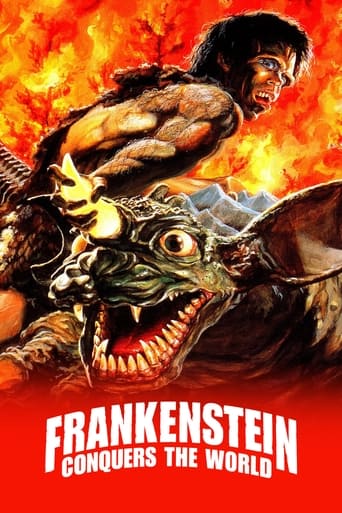



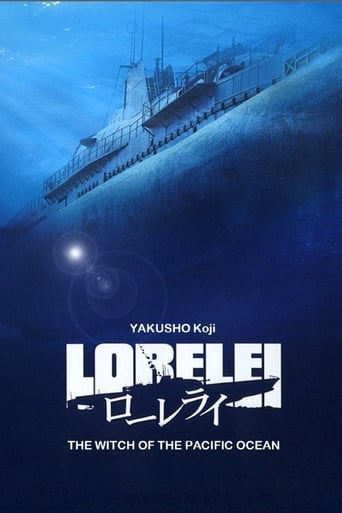







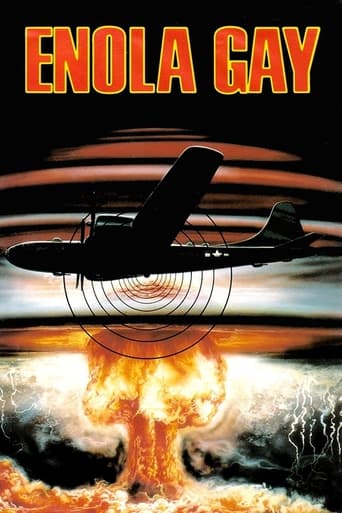


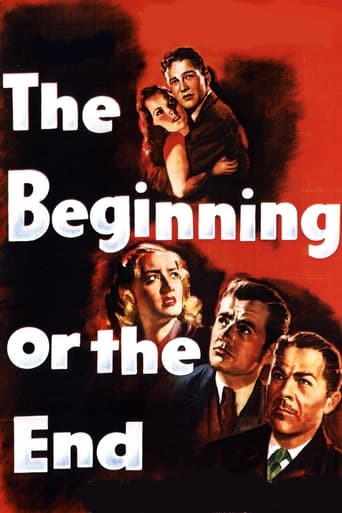


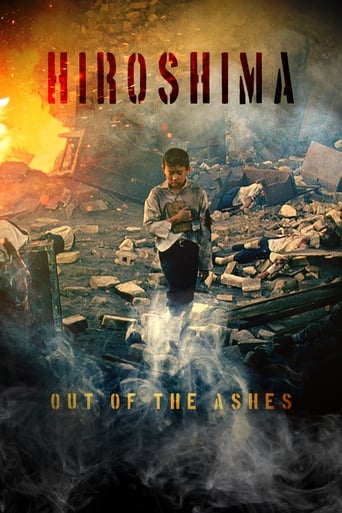







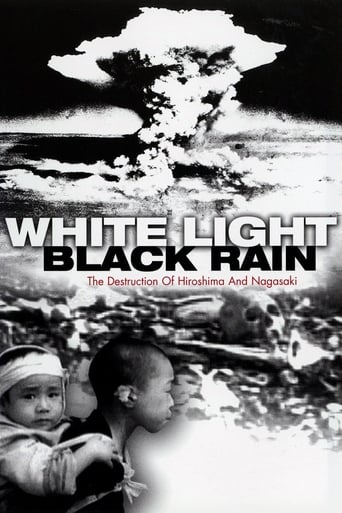
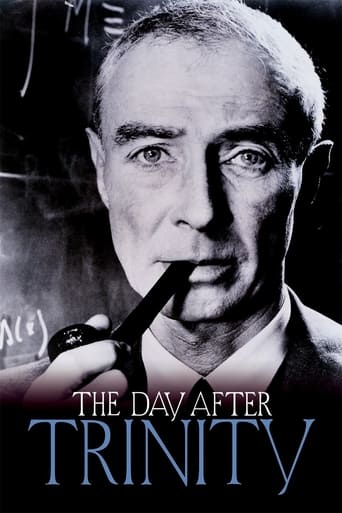


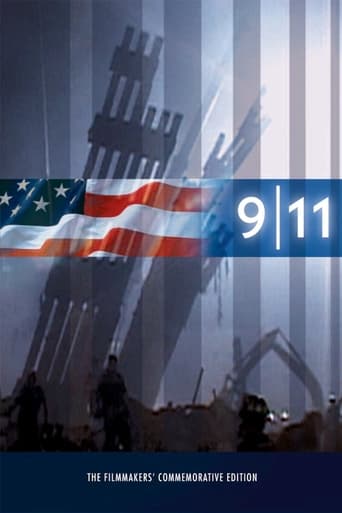

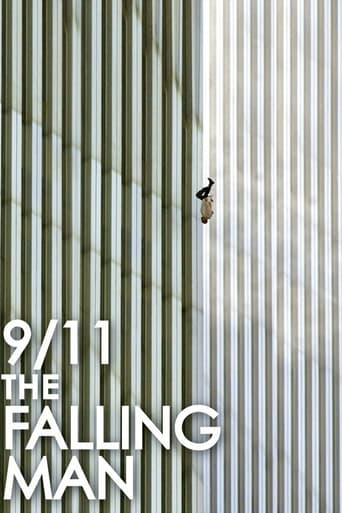
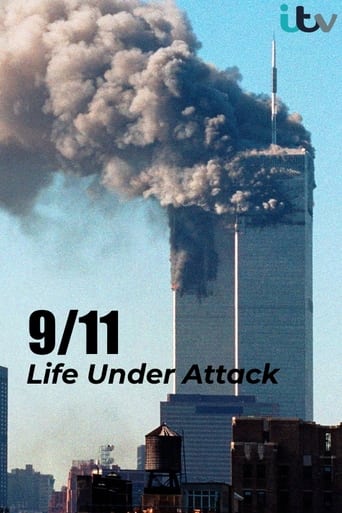
Day One
Hungarian physicist Leo Szilard leaves Europe, eventually arriving in the United States. With the help of Einstein, he persuades the government to build an atomic bomb. The project is given to no-nonsense Gen. Leslie Groves who selects physicist J. Robert Oppenheimer to head the Los Alamos Laboratory in New Mexico, where the bomb is built. As World War II draws to a close, Szilard has second thoughts about atomic weapons, and policy makers debate how and when to use the bomb.